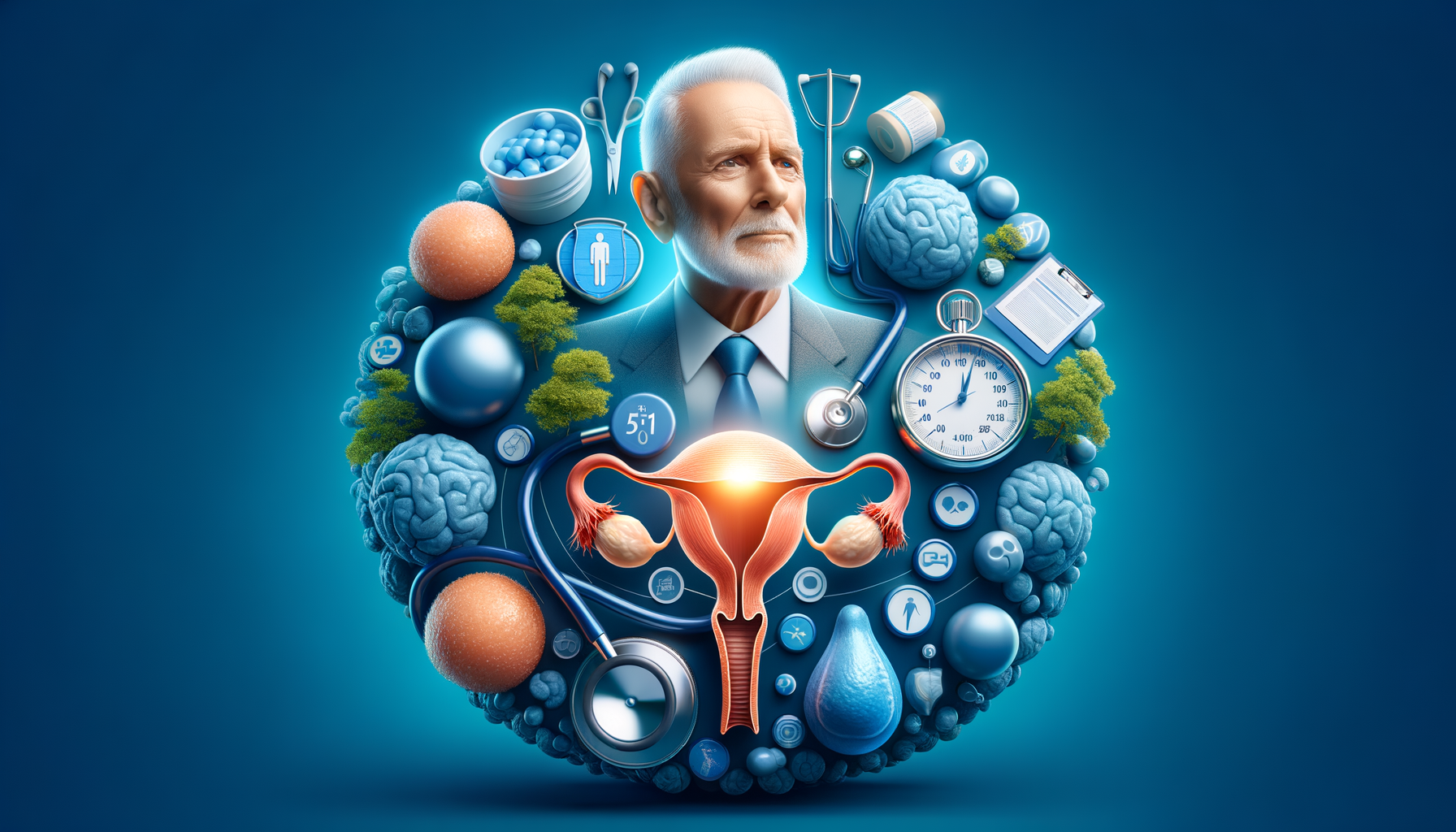
What Doctors Could Miss About Prostate Health After 50
Understanding Prostate Cancer: A Silent Threat
Prostate cancer is one of the most common cancers affecting men, particularly those over the age of 50. Despite its prevalence, it often remains undetected until it has progressed significantly. This is largely due to the fact that early-stage prostate cancer typically presents no symptoms. The prostate gland, located below the bladder, plays an essential role in male reproductive health, and its health can be compromised by cancerous growths. Regular screening, such as Prostate-Specific Antigen (PSA) tests and digital rectal exams, are crucial for early detection. These screenings can help identify the presence of cancerous cells before they cause significant harm.
Understanding the risk factors is also vital. Age, family history, and race are significant factors; African American men and those with a family history of prostate cancer are at higher risk. Lifestyle factors, such as diet and exercise, also play a role in prostate health. A diet high in red meats and dairy products may increase the risk, while a diet rich in fruits and vegetables may offer some protection. Recognizing these factors can aid in prevention and early intervention, providing a better prognosis for those affected.
Exploring Treatment Options: From Traditional to Modern Approaches
Treatment for prostate cancer varies significantly based on the stage of the cancer and the patient’s overall health. Traditional methods include surgery, radiation therapy, and hormone therapy. Surgery, often a prostatectomy, involves the removal of the prostate gland and is typically recommended for localized cancer. Radiation therapy uses high-energy rays to target and kill cancer cells, which can be administered externally or internally through brachytherapy.
In recent years, newer treatments have emerged, offering additional options. These include cryotherapy, which freezes cancer cells, and high-intensity focused ultrasound (HIFU), which uses sound waves to destroy cancerous tissues. Immunotherapy and targeted therapy are also being explored, aiming to boost the body’s natural defenses to fight cancer or target specific cancer cell mechanisms. Each treatment option has its benefits and potential side effects, making personalized treatment plans essential.
Managing Side Effects: A Comprehensive Guide
The side effects of prostate cancer treatment can be challenging and impact a patient’s quality of life. Common side effects include urinary incontinence, erectile dysfunction, fatigue, and bowel dysfunction. Managing these side effects requires a comprehensive approach, including medical interventions and lifestyle adjustments.
For urinary incontinence, pelvic floor exercises and medications can help improve bladder control. Erectile dysfunction may be managed with medications, vacuum erection devices, or penile implants. Fatigue, a common side effect of radiation therapy, can be alleviated through regular physical activity and a balanced diet. Bowel dysfunction may require dietary changes and medications to regulate bowel movements. Support groups and counseling can also provide emotional support and coping strategies for patients and their families.
The Role of Lifestyle in Prostate Cancer Recovery
Adopting a healthy lifestyle is crucial for recovery and overall well-being after prostate cancer treatment. Regular physical activity, a balanced diet, and stress management can significantly impact recovery outcomes. Exercise not only helps in managing weight but also reduces fatigue and improves mental health. Activities such as walking, swimming, and yoga are excellent options for maintaining physical fitness.
A diet rich in fruits, vegetables, whole grains, and lean proteins supports the body’s healing process. Foods high in antioxidants, like berries and leafy greens, can help combat cancer cells. Reducing the intake of processed foods, red meats, and high-fat dairy products is also recommended. Additionally, stress management techniques such as meditation, deep breathing exercises, and mindfulness can enhance emotional resilience and improve quality of life.
Conclusion: Navigating Prostate Cancer with Knowledge and Support
Prostate cancer treatment is a multifaceted journey that requires a comprehensive understanding of the disease, treatment options, side effects, and lifestyle changes. By staying informed and working closely with healthcare providers, patients can make educated decisions that align with their personal health goals and preferences. Support from family, friends, and support groups is invaluable, providing emotional and practical assistance throughout the treatment process.
Ultimately, the key to navigating prostate cancer lies in early detection, personalized treatment plans, and a proactive approach to health and wellness. By embracing these strategies, individuals can enhance their quality of life and improve their chances of successful recovery.